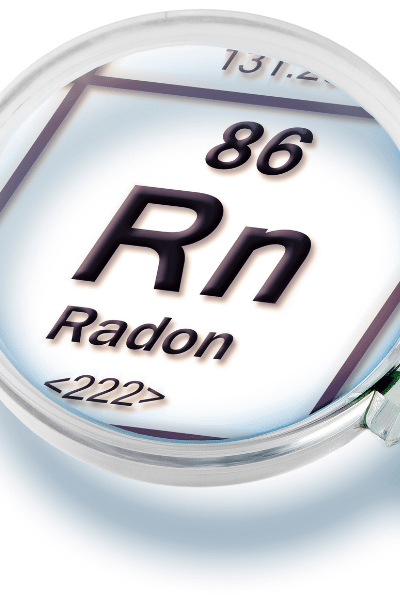Iowa Residents Need to Be Aware of Radon Gas

Radon gas is a natural radioactive gas caused by the breakdown of uranium in soil, rock, and water. You can’t see, smell, or taste it. It enters your home through cracks and other holes in the foundation and can also enter through well water. Your home then traps the radon inside, where it can build up. The entire state of Iowa is at high risk for radon gas in homes. Iowa is in the red zone, meaning it has very high radon levels. It is believed that Iowa has such high levels due to the glaciers that left behind the rock that produces radon.
Radon is the second cause of lung cancer, second only to cigarette smoking. The length of exposure is a significant factor in how harmful radon can become to your health. It causes symptoms such as:
- Wheezing
- Lung infections
- Persistent cough
- Heavy breathing
Radon can also lead to health problems such as:
- Emphysema
- Silicosis
- Pulmonary fibrosis
- Chronic pneumonia
- Respiratory lesions
Whether your home is old or new, it can be affected by radon gas. Radon is measured in picocuries per liter of air or pCi/L. When the level is over 4 pCi/L, it poses a health risk and should be taken care of by a professional who can test your home or business in Iowa and provide you with the solution you need. The experts at Jerry’s Waterproofing can do just that. We have served Nebraska, Iowa, and Missouri since 1976.
Be Prepared with Radon Mitigation from Jerry’s Waterproofing
Jerry’s Waterproofing will come and test your home for radon gas. This is done in two ways: short-term testing and long-term testing. Depending on the device, short-term testing is done for two to 90 days. Radon levels vary daily and season to season, so a short-term test is less likely to tell you your year-round average radon level. However, if you need results quickly, a short-term test followed by a second short-term test may be used to decide whether you need radon mitigation.
Long-term testing remains in your home for more than 90 days. This long-term test will give a more accurate year-round average of the radon level.
If the radon level is over 4 pCi/L, Jerry’s Waterproofing will do radon mitigation to fix the levels in your home or business. We will install a vent pipe system and fan that pulls radon from beneath the house and vents it to the outside. This is known as the Sub-Slab Depressurization (SSD) system and does not require major changes to your home or business. Floor and wall cracks are sealed, and a cover is used to seal sump pits. This all helps to move radon outside of the home.
Don’t let high radon levels in your home or business cause you and your family health issues. Let Jerry’s Waterproofing test your home and offer you the radon services you need. We are licensed to install radon mitigation systems in Nebraska and Iowa. Let us help you. Contact us today!



